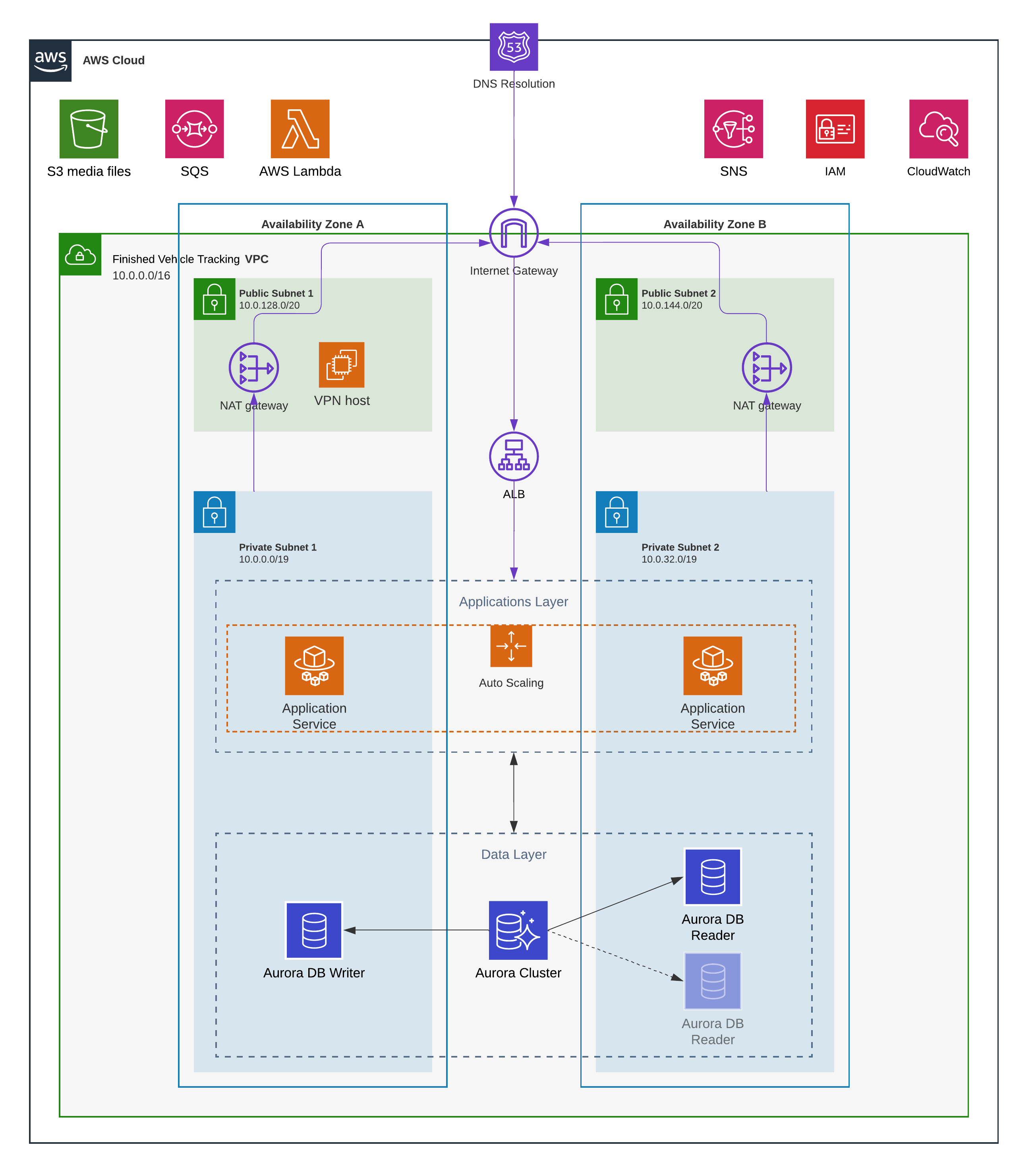Database Migration From AWS MySQL RDS to Amazon Aurora
Unveil how we led the database migration from RDS to Amazon Aurora, resulting in a reliable, scalable, and resource-efficient system.

Our Customer
EdTech SaaS Platform
LearnCube is a purpose-built SaaS for live online education. The platform provides multiple e-learning solutions for teaching, tutoring & training of all kinds. The primary platform features include virtual classrooms, class scheduling, inbuilt payment gateways, eCourses, online tests and a management system that streamlines administration.
The Challenge
Handling High Traffic Without Excess Costs
Systems are supposed to be capable of handling the load during peak hours from the operational point of view while being cost-effective from the business perspective.
The client’s app data layer was previously designed on the basis of AWS MySQL RDS, which essentially constitutes a cluster of primary write replicas and a few read replicas. The solution’s upgrading alongside the increasing number of users highlighted that the database capacity was inadequate to process read requests in peak time whereas they sufficed to operate the load at other times.
It all added up to the client’s financing the round-the-clock maintenance of a large robust database that was loaded with queries primarily within peak hours. Plainly speaking, the client was overspending for extra 22 hours of stable database operation while utilising only two hours of operating time.
With the previous positive experience of cooperation, that is decoupling architecture, and building a real-time messaging system, LearnCube requested Romexsoft to discover and implement an AWS migration solution that would both consume the surplus traffic in peak hours and make the most of the allocated resources.
The Solution
Smooth Database Migration From RDS to Aurora
What our experts suggested was migrating to AWS Aurora while also configuring autoscaling policies for read replicas based on average CPU utilization metrics. Since Amazon is capable of scaling instances (e.g. EC2 Instances), AWS Aurora RDS also provides the opportunity to scale the read replicas of databases.
LearnCube’s migration was done in three steps with a minimum maintenance period:
- Creating Aurora read replica in the existing MySQL RDS cluster;
- Promoting the Aurora read replica to a stand-alone DB cluster;
- Updating Route53 internal DNS records to point to a new DB cluster.
Infrastructure Diagram of Database Migration to AWS Aurora
The Results
Improved Data Availability and Backup Reliability
The system’s constant response time, regardless of the number of users, ensured:
- Read replicas elasticity. The system scales out beyond the capacity constraints of a single database instance for read-heavy database workloads. If needed, source database instances can be replicated and serve high-volume application read traffic from multiple copies of the data to provide increased read throughput.
- Data storage scalability. Amazon Aurora engine automatically amplifies the database volume (with a maximum of up to 64 TB) concurrently with your database storage need growth.
Cost optimization
- The client used to maintain a database on MySQL RDS. The 24/7 support of a powerful database for the sake of read replicas was definitely overspending.
- As a result of database migration to AWS Aurora, the monthly cost of database use was reduced by 51% in the conditions of increased database workload through the number of users.
Higher availability and durability of the backups
The Amazon Aurora provides the systems with automated backup features for point-in-time recovery of their database instances. Hence, the client can now restore the database instance to any moment, up to the last five minutes of the retention period.



